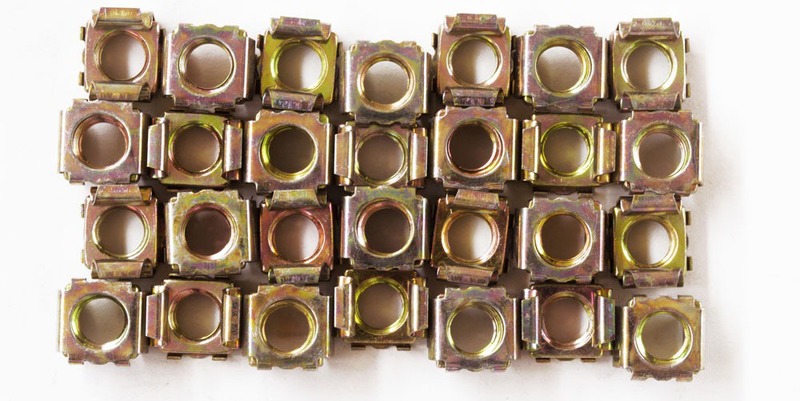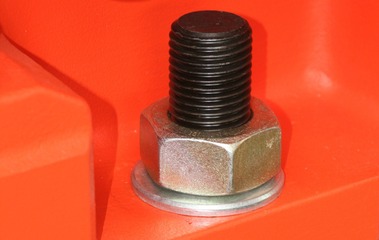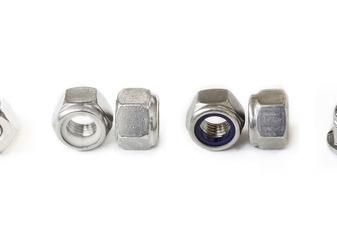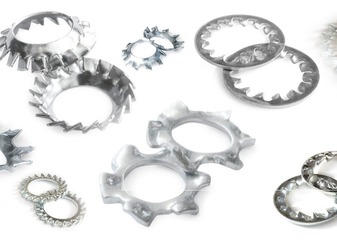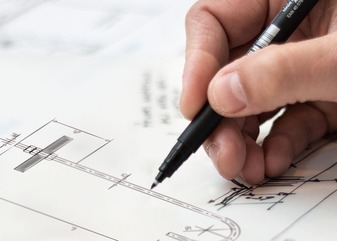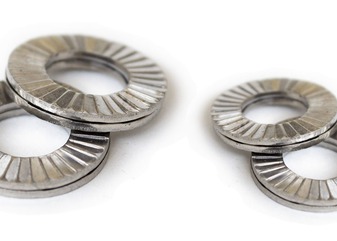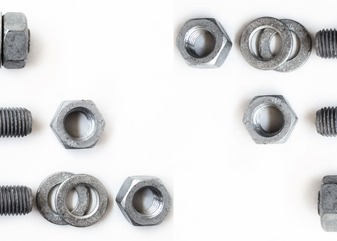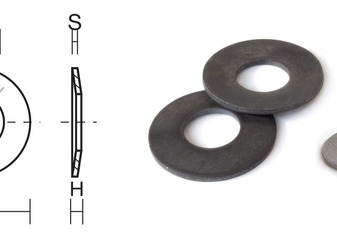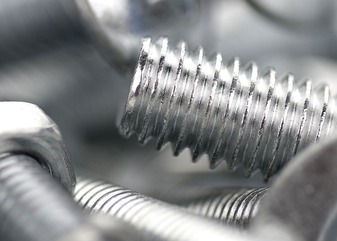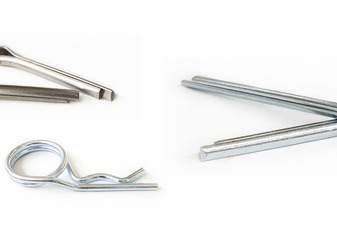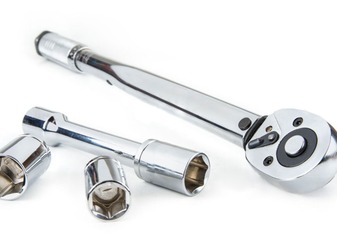Cage nuts consist of square steel nuts enclosed in a metal cage that ends with two wings of variable length.
This type of nut is characterized by good elasticity and for blind assembly types, the slight "play" between the cage and the square nut allows for easy and fast assembly.
They are primarily used in the fastening of rigid structures, with open and tubular profiles, on cavities or frontal housings, and on panels of different materials and thicknesses.
The installation process involves inserting one wing into the hole of the first sheet metal, then applying slight pressure to insert the other. In the second sheet, it will be sufficient to create the hole for the screw housing, once installed, it can be tightened until the correct assembly locking is ensured.
The characteristic conformation allows this nut to be subjected to high torque or significant lateral loads.
The length of the wings can also be variable to allow the fastening of profiles and sheet metals with high thicknesses.
Once installed, they can be removed by completely unscrewing the screw and with a special tool disassemble the cage, applying pressure on the part of the cage with the two wings so that they can slide out of the housing hole.
In addition to cage nuts, the market also offers other types of special nuts including clip nuts and cylindrical cage nuts.
Or send a request to our commercial team by writing to the email: commerciale@univiti.it
 Added to quote
Added to quote